You are about to go on an adventure with me. You’ll need your creative imagination. Think back to seeing objects in clouds as a child. Here, I’ll share with you the faces I see in…wood. Most are fallen trees and branches that have had time to build character. Bear with me, I think you’ll enjoy it.
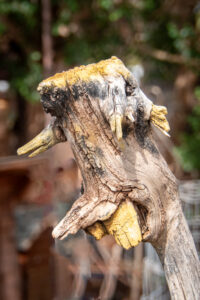 This guy has quite the hair-do and needs to see a dentist.
This guy has quite the hair-do and needs to see a dentist.
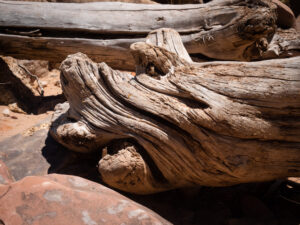 Most of what I find are profiles. This one, facing left, has the complete package…an eye, mouth, nose, AND horn on top of its head.
Most of what I find are profiles. This one, facing left, has the complete package…an eye, mouth, nose, AND horn on top of its head.
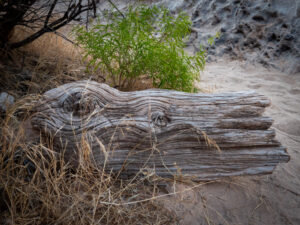 This one is a little more vague, peeking out of the grasses. But I DO see an eye, nose hole, and mouth line.
This one is a little more vague, peeking out of the grasses. But I DO see an eye, nose hole, and mouth line.
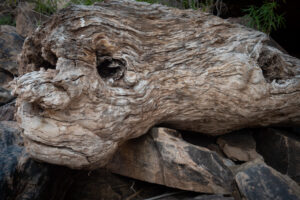 This may be the best one I’ve ever seen. It’s not a profile, it actually has TWO eyes, a nose, and a mouth. In hindsight, I wish I had taken another view of it to show how important the angle is for this one.
This may be the best one I’ve ever seen. It’s not a profile, it actually has TWO eyes, a nose, and a mouth. In hindsight, I wish I had taken another view of it to show how important the angle is for this one.
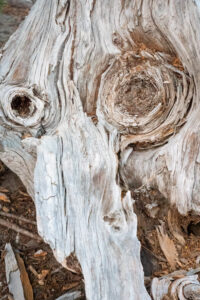 This is another rare, two-eyed face. Unfortunately, it got into a fight and seems to have a black eye behind its long nose.
This is another rare, two-eyed face. Unfortunately, it got into a fight and seems to have a black eye behind its long nose.
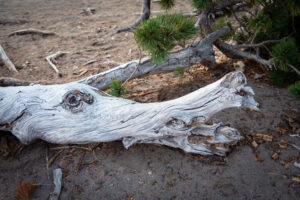 Now that I’ve got you “seeing” what I see…here is a pretty clear one.
Now that I’ve got you “seeing” what I see…here is a pretty clear one.
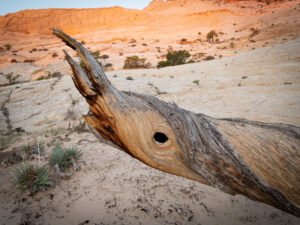
Here’s an interesting one. Or is it two? At first glance, it SEEMS like the same piece of wood.
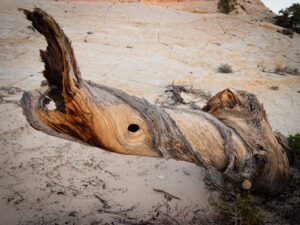
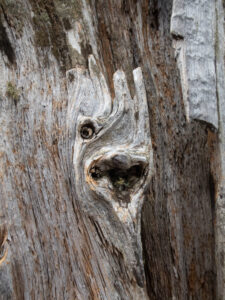 This one is literally screaming and looking at me as it comes out of the wood.
This one is literally screaming and looking at me as it comes out of the wood.
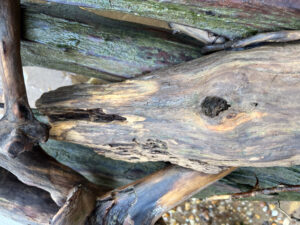
Two similar ones, but the lower one is thirsty.
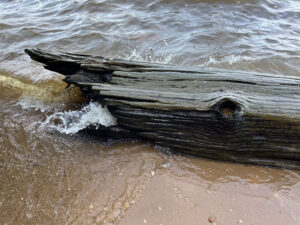
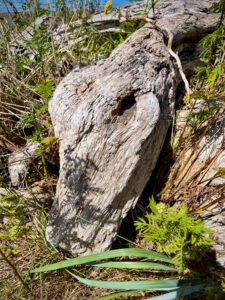 This one reminds me of the head of a dinosaur.
This one reminds me of the head of a dinosaur.
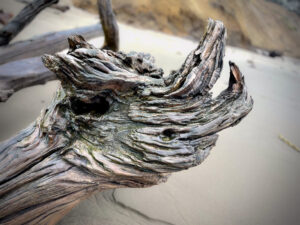 Again the complete package of eye, nose hole, horns, and mouth.
Again the complete package of eye, nose hole, horns, and mouth.
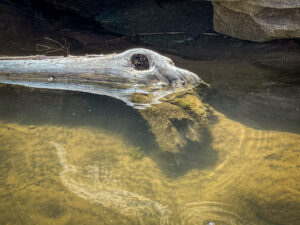 Skeleton ostrich head?
Skeleton ostrich head?
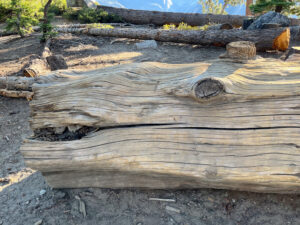 Eye, mouth, little horn on top.
Eye, mouth, little horn on top.
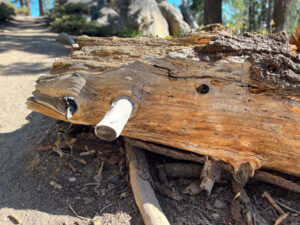 Some horns come out the side.
Some horns come out the side.
 Face? or…giant clothespin.
Face? or…giant clothespin.
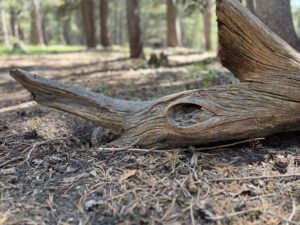 Some definitely require more imagination…lol.
Some definitely require more imagination…lol.
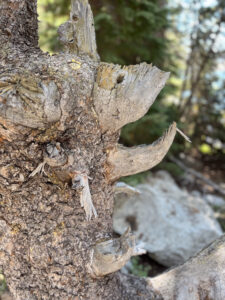 Eye, mouth, and…an ARM?? Crawling out of the tree!
Eye, mouth, and…an ARM?? Crawling out of the tree!
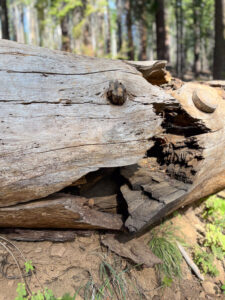 This one, at a different angle, looks like two fighting with their mouths.
This one, at a different angle, looks like two fighting with their mouths.
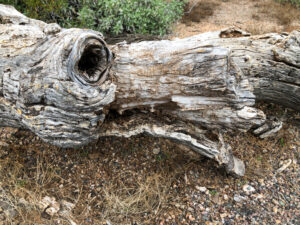 Such big eyes you have.
Such big eyes you have.
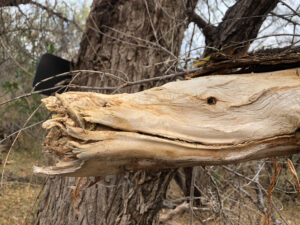 A sleek one with a mushed-up mouth.
A sleek one with a mushed-up mouth.
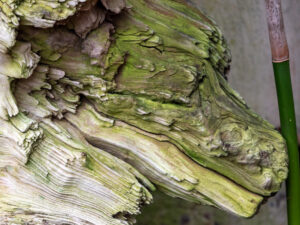 Sleeping Beauty.
Sleeping Beauty.
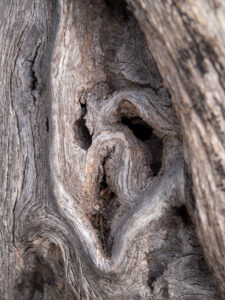 October is just around the corner and with that…Halloween!
October is just around the corner and with that…Halloween!
Thank you all for being loyal followers of this blog over the past several years. It is with great sadness that I announce this to be my last post on this website. It has just gotten WAY too expensive. I will be searching for more affordable ways to share my images with you, my loyal fans, so stay tuned! Creativity is IN the AIR!! lol.
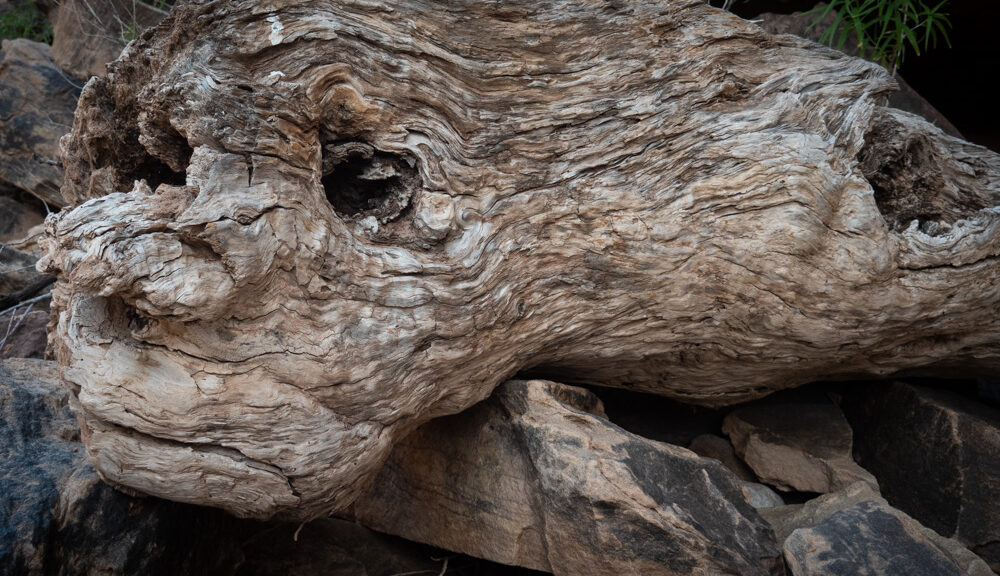
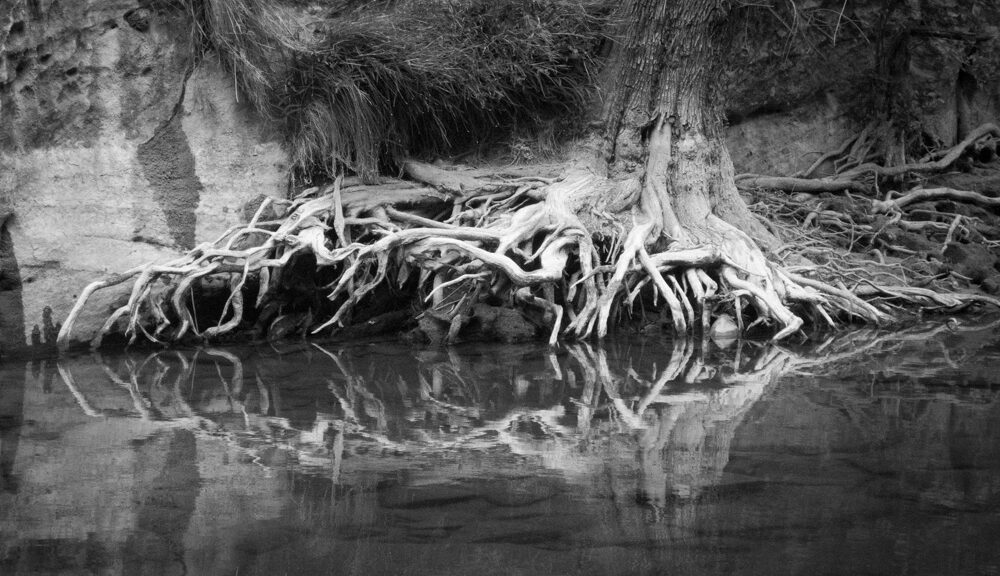
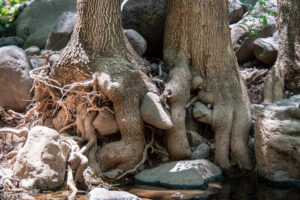 This pair is clinging to the edge of Thompson Creek in Oak Creek Canyon just north of Sedona, AZ. This is a creek prone to different water heights depending on the time of year, amount of snow in higher elevations, monsoon amounts, etc.
This pair is clinging to the edge of Thompson Creek in Oak Creek Canyon just north of Sedona, AZ. This is a creek prone to different water heights depending on the time of year, amount of snow in higher elevations, monsoon amounts, etc.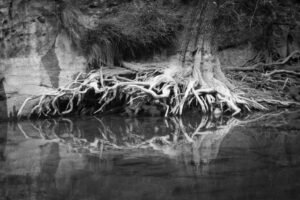 This tree can be found in East Clear Creek near Williams, AZ. Again prone to different water levels. I’ve seen these roots completely submerged as often as I’ve seen them dry.
This tree can be found in East Clear Creek near Williams, AZ. Again prone to different water levels. I’ve seen these roots completely submerged as often as I’ve seen them dry.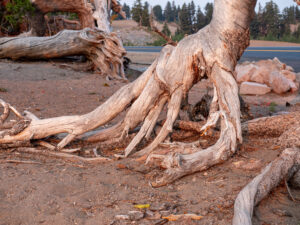
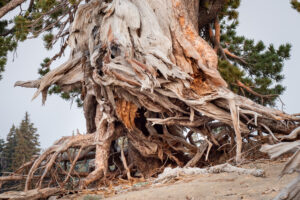
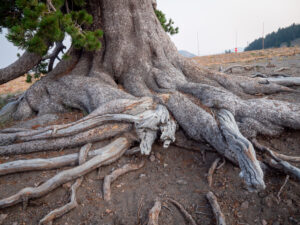
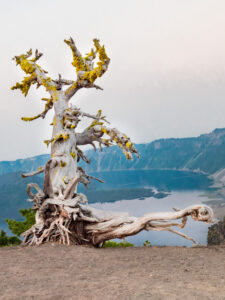
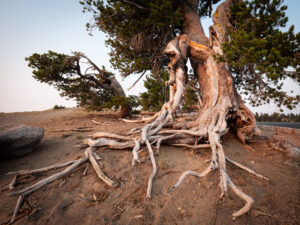
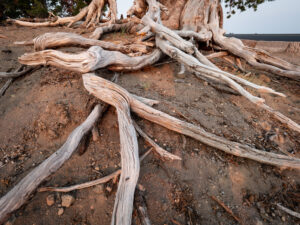
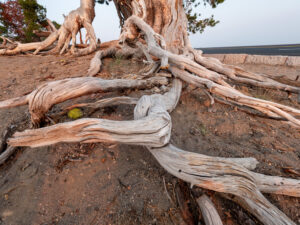
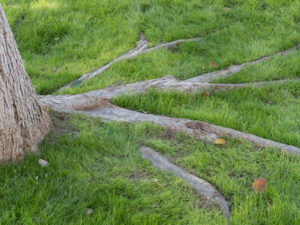 This tree was found outside of a school in Phoenix, AZ.
This tree was found outside of a school in Phoenix, AZ.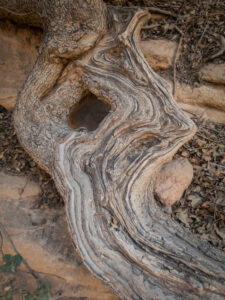

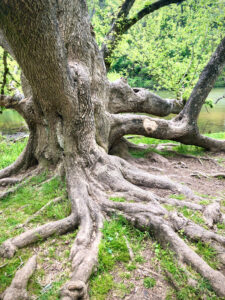 This tree is near Asheville, NC. You can see the small lake right behind it.
This tree is near Asheville, NC. You can see the small lake right behind it.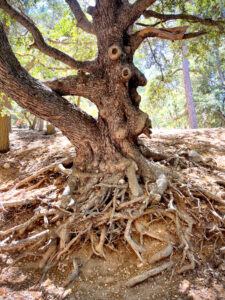 This crazy thing was found at Tehachapi Mountain Park in the hills outside of Bakersfield, CA.
This crazy thing was found at Tehachapi Mountain Park in the hills outside of Bakersfield, CA.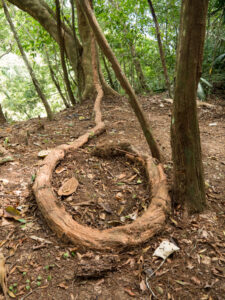 This root was found in the jungle near Gamboa, Panama. I’m honestly not sure if this is a tree root or from some sort of plant.
This root was found in the jungle near Gamboa, Panama. I’m honestly not sure if this is a tree root or from some sort of plant.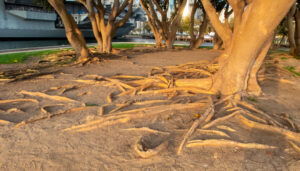
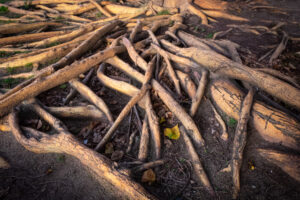
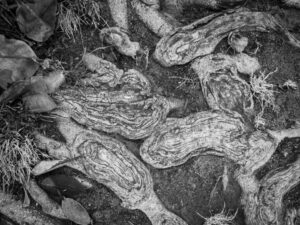 And finally, this set of what looks like smashed lizards or salamanders was also found in San Diego.
And finally, this set of what looks like smashed lizards or salamanders was also found in San Diego.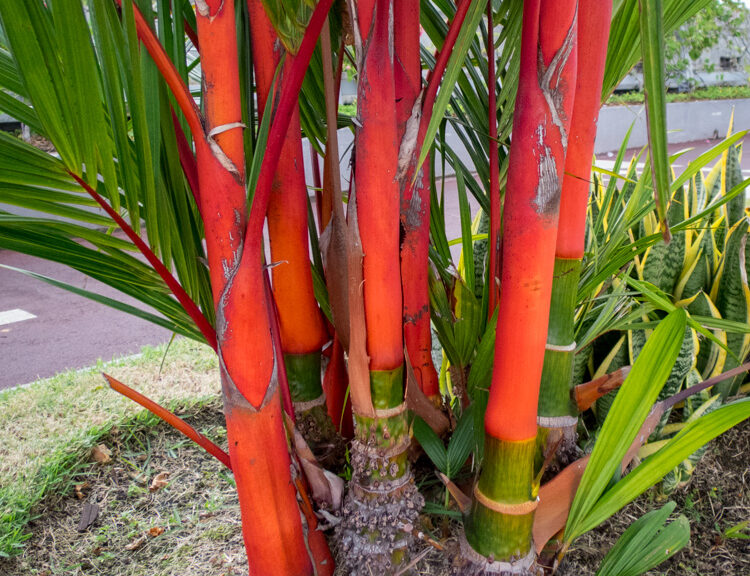
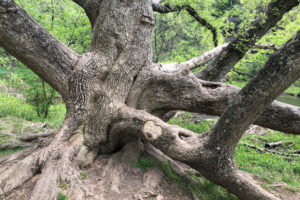 I can’t tell if this one has one trunk or several sprouting from the one. Or are they just very large branches…?
I can’t tell if this one has one trunk or several sprouting from the one. Or are they just very large branches…?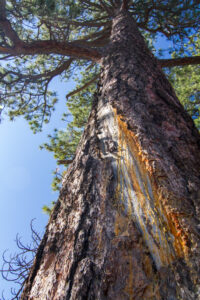 This Ponderosa pine was hit by lightning.
This Ponderosa pine was hit by lightning.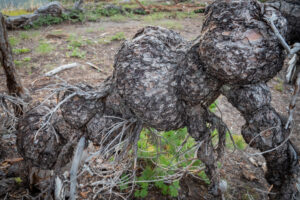 I can’t even begin to explain what happened to this tree.
I can’t even begin to explain what happened to this tree.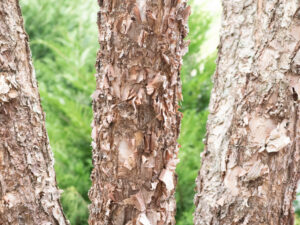
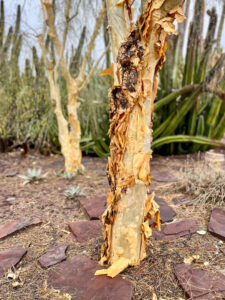
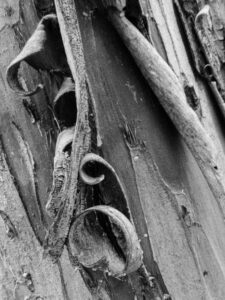
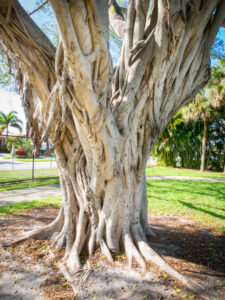 A Banyon type tree.
A Banyon type tree.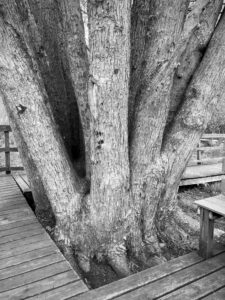 What the…?!? Several…trunks?
What the…?!? Several…trunks?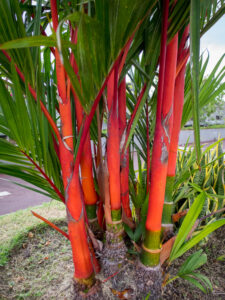 Colorful palm tree trunks.
Colorful palm tree trunks.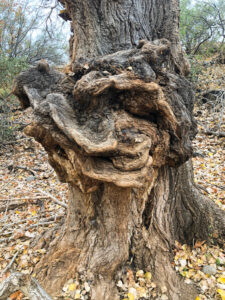 Yikes! Is this tree OK??
Yikes! Is this tree OK??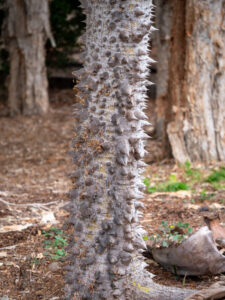 A clever yet natural way to keep things from climbing up this tree.
A clever yet natural way to keep things from climbing up this tree.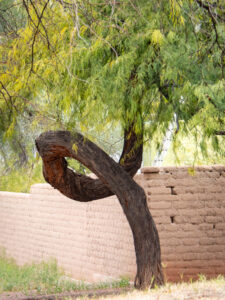 A tree trunk that seems to have had some trouble heading in the right direction.
A tree trunk that seems to have had some trouble heading in the right direction.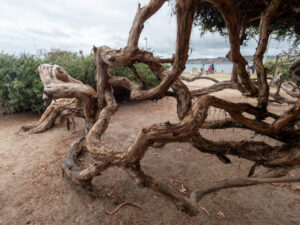 Some crazy trunks in San Diego.
Some crazy trunks in San Diego.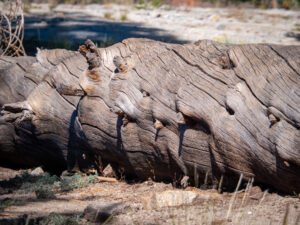
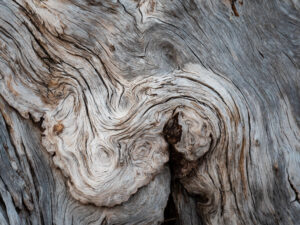
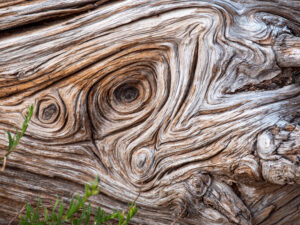
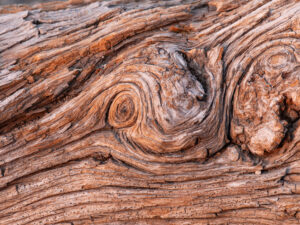
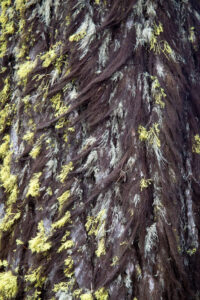
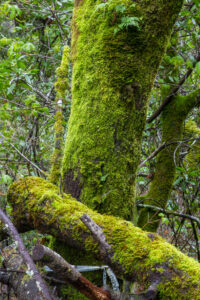

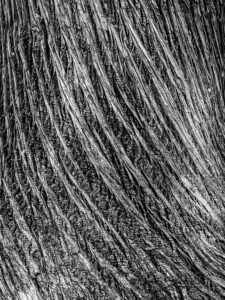
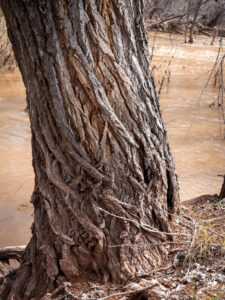
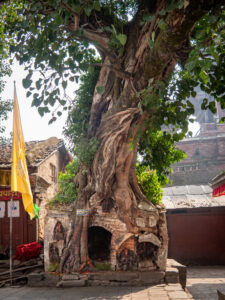 This tree was turned into a shrine of sorts in Dubar Square in Kathmandu.
This tree was turned into a shrine of sorts in Dubar Square in Kathmandu.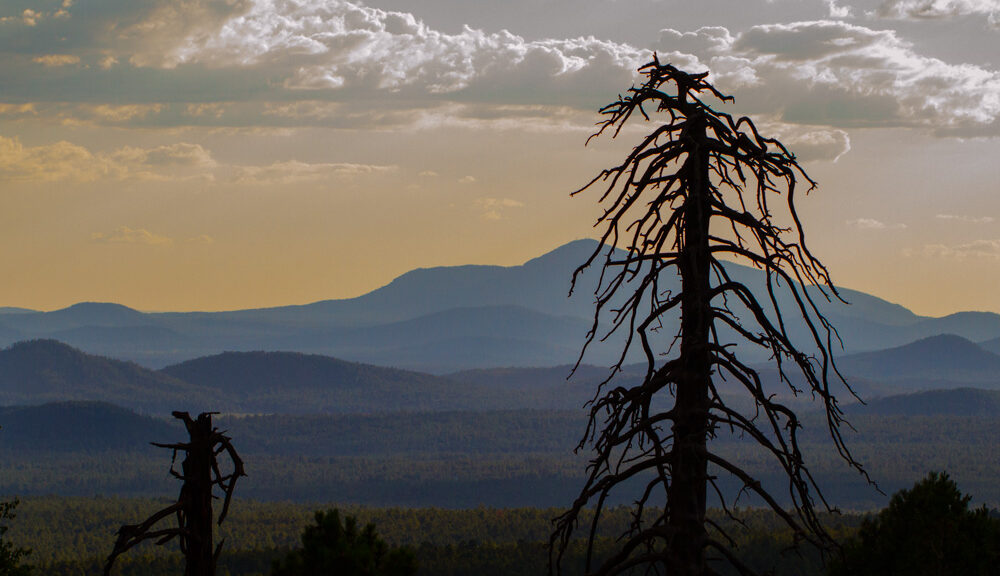
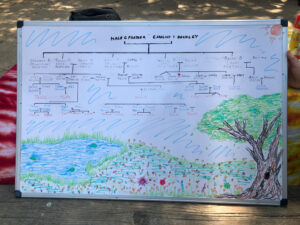 The structure of a tree is used to keep track of families.
The structure of a tree is used to keep track of families.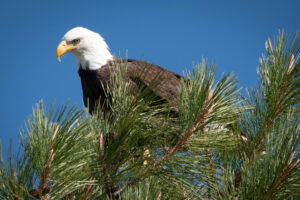 They house wildlife.
They house wildlife.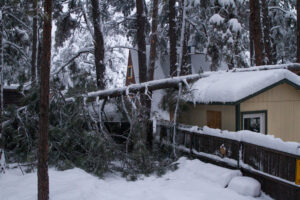 They break and land on houses in extreme weather events.
They break and land on houses in extreme weather events.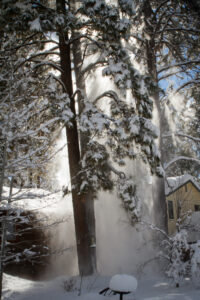 The Ponderosa Pine Trees like to collect snow during a storm and then, as the air warms, drop it in clumps onto the ground or to house roofs with a sometimes alarming thud.
The Ponderosa Pine Trees like to collect snow during a storm and then, as the air warms, drop it in clumps onto the ground or to house roofs with a sometimes alarming thud.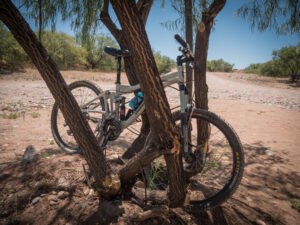 I used this tree as a bike rack. I locked my bike to it after using it as a shuttle vehicle for a Verde River float.
I used this tree as a bike rack. I locked my bike to it after using it as a shuttle vehicle for a Verde River float. Palm trees grow randomly on beaches from dropped coconuts.
Palm trees grow randomly on beaches from dropped coconuts. They can be used as posts for hammocks.
They can be used as posts for hammocks.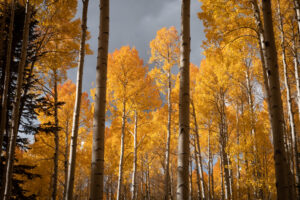 They change color!!
They change color!! They don’t live forever. But some seem to.
They don’t live forever. But some seem to.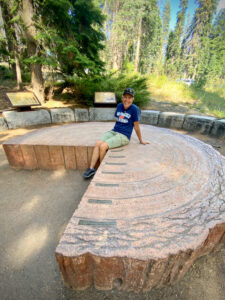 Yosemite National Park has a few Giant Sequoia groves. And by groves I mean maybe 8-10 trees in an area. Also known as the giant redwood or Sierra redwood can be found naturally only in groves on the western slopes of the Sierra Nevada mountain range of California.
Yosemite National Park has a few Giant Sequoia groves. And by groves I mean maybe 8-10 trees in an area. Also known as the giant redwood or Sierra redwood can be found naturally only in groves on the western slopes of the Sierra Nevada mountain range of California. 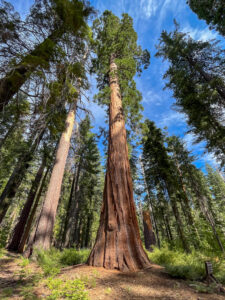
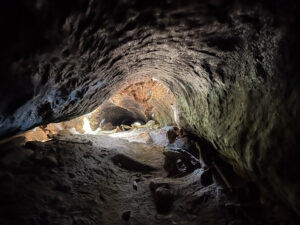 I crouched to get through this one that was lying on its side.
I crouched to get through this one that was lying on its side.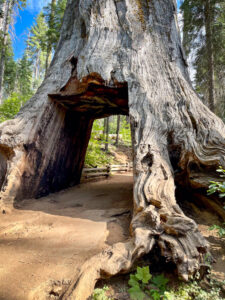 There was a sign with a picture of a stagecoach driving through this one.
There was a sign with a picture of a stagecoach driving through this one.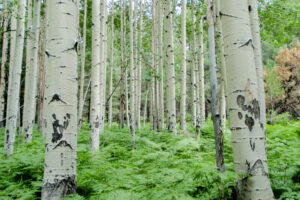 Most aspens grow in large clonal colonies, derived from a single seedling, and spread by means of root suckers. New stems in the colony may appear from 100–130 ft from the parent tree. Each individual tree can live for 40–150 years above ground, but the root system of the colony is long-lived. In some cases, this is for thousands of years, sending up new trunks as the older trunks die off above ground. There is a colony in Utah that has been estimated to be as old as 80,000 years. Some aspen colonies become very large with time, spreading about 3 ft per year, eventually covering many hectares. They are able to survive forest fires, because the roots are below the heat of the fire, and new sprouts appear after the fire burns out. Given their clonal nature, Aspen groves are believed to be the largest living organism on the planet.
Most aspens grow in large clonal colonies, derived from a single seedling, and spread by means of root suckers. New stems in the colony may appear from 100–130 ft from the parent tree. Each individual tree can live for 40–150 years above ground, but the root system of the colony is long-lived. In some cases, this is for thousands of years, sending up new trunks as the older trunks die off above ground. There is a colony in Utah that has been estimated to be as old as 80,000 years. Some aspen colonies become very large with time, spreading about 3 ft per year, eventually covering many hectares. They are able to survive forest fires, because the roots are below the heat of the fire, and new sprouts appear after the fire burns out. Given their clonal nature, Aspen groves are believed to be the largest living organism on the planet.
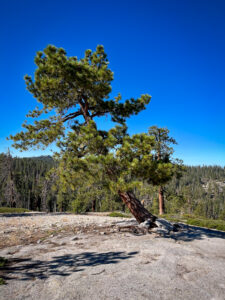
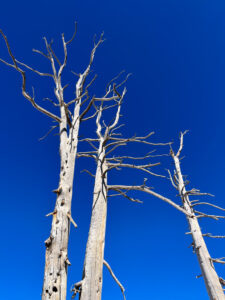 It’s just a cool shot. Dead trees, blue sky…
It’s just a cool shot. Dead trees, blue sky…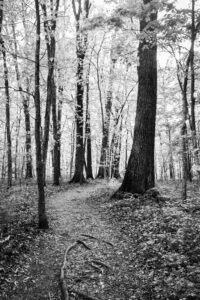 This path through Henry Horton State Park in Tennessee is a beautiful walk among the trees.
This path through Henry Horton State Park in Tennessee is a beautiful walk among the trees.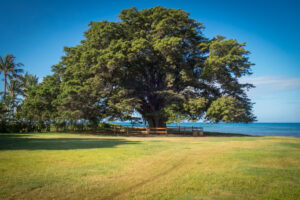 A banyan is a fig tree that develops accessory trunks from aerial prop roots, allowing the tree to spread outwards indefinitely. These roots mature into thick, woody trunks, which can become indistinguishable from the primary trunk with age. These aerial roots can become very numerous. The Kolcatta (Calcutta) Banyan, which has been tracked carefully for many years, currently has 2,880 supplementary trunks. Such prop roots can be sixty feet in height. Old trees can spread laterally by using these prop roots to grow over a wide area. In some species, the prop roots develop over a considerable area that resembles a grove of trees, with every trunk connected directly or indirectly to the primary trunk.
A banyan is a fig tree that develops accessory trunks from aerial prop roots, allowing the tree to spread outwards indefinitely. These roots mature into thick, woody trunks, which can become indistinguishable from the primary trunk with age. These aerial roots can become very numerous. The Kolcatta (Calcutta) Banyan, which has been tracked carefully for many years, currently has 2,880 supplementary trunks. Such prop roots can be sixty feet in height. Old trees can spread laterally by using these prop roots to grow over a wide area. In some species, the prop roots develop over a considerable area that resembles a grove of trees, with every trunk connected directly or indirectly to the primary trunk. 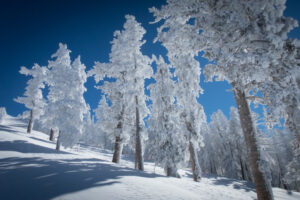 I’ll end with snow and ice-encased Ponderosa pine trees on the San Francisco Peaks in Flagstaff.
I’ll end with snow and ice-encased Ponderosa pine trees on the San Francisco Peaks in Flagstaff.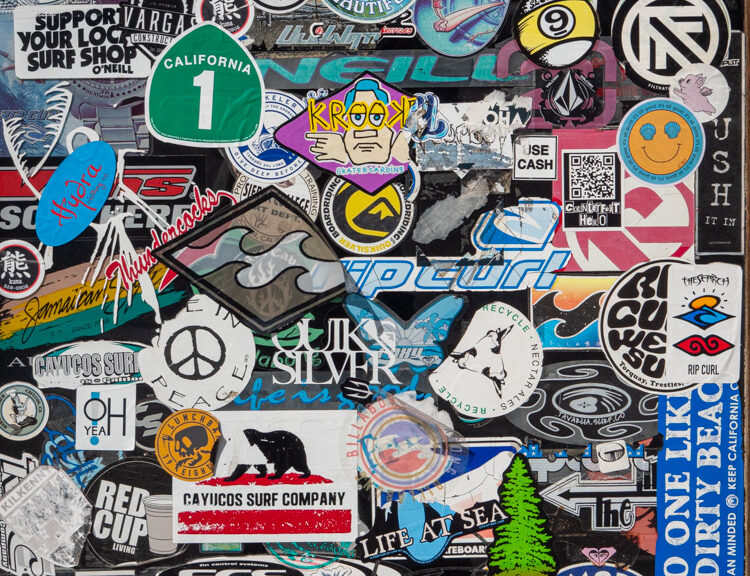
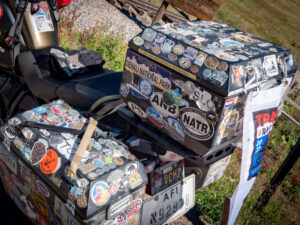
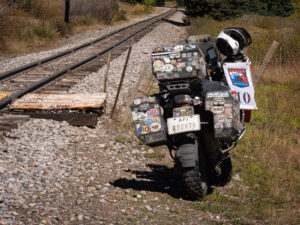






 The surf town of Bolinas, CA.
The surf town of Bolinas, CA.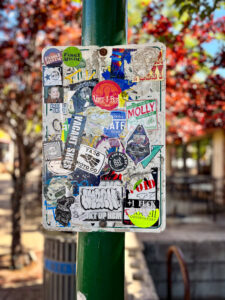
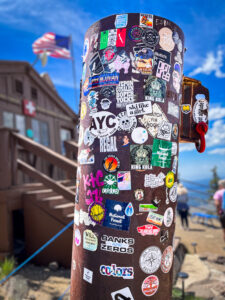 Snow Bowl
Snow Bowl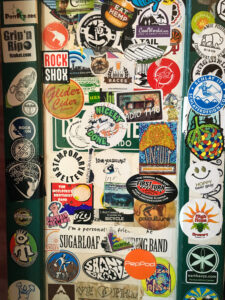 Denver, CO
Denver, CO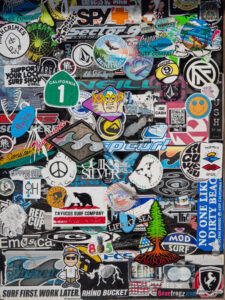 Morro Bay, CA
Morro Bay, CA

 San Diego, CA
San Diego, CA
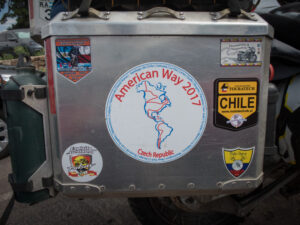
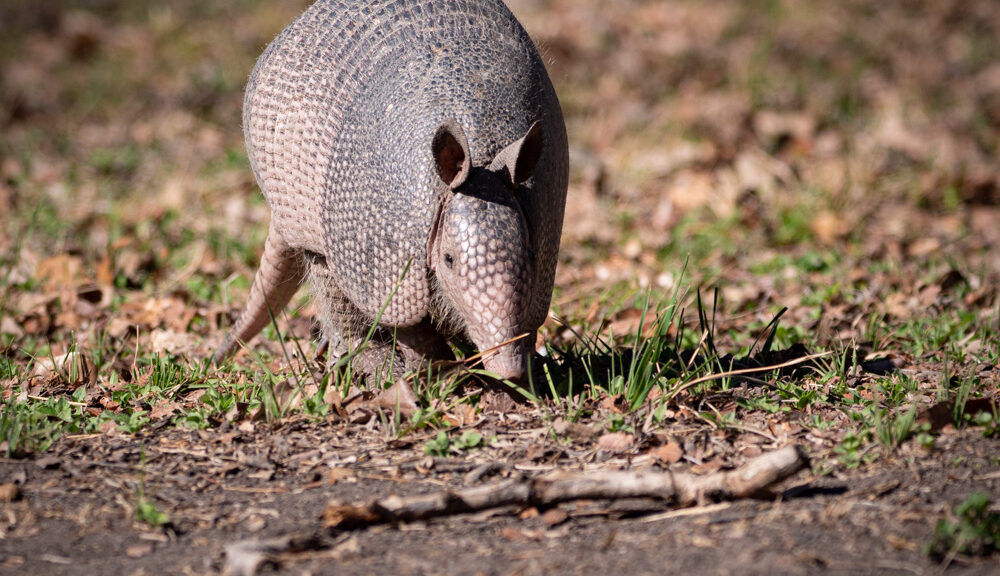
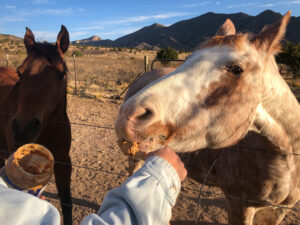

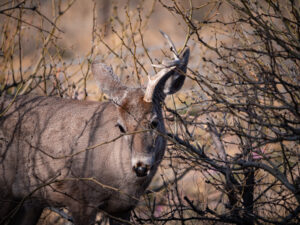
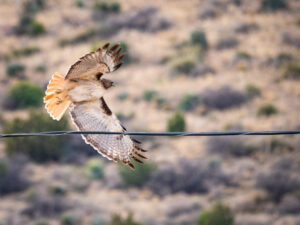
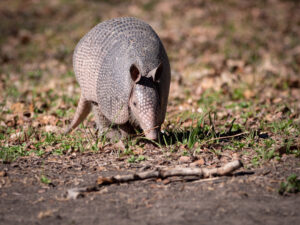
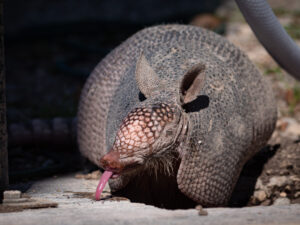
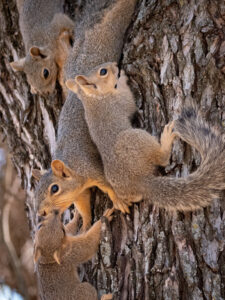 Being out in the Springtime allowed us to watch this squirrel family practice their tree-climbing skills under Mama’s watchful eye.
Being out in the Springtime allowed us to watch this squirrel family practice their tree-climbing skills under Mama’s watchful eye.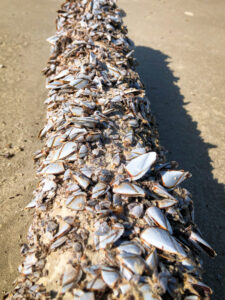
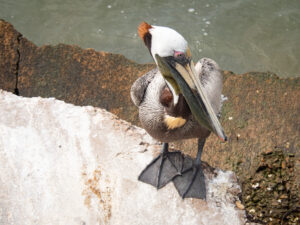 My favorite bird is the pelican. The fossil record shows that the pelican lineage has existed for at least 36 million years; the oldest known pelican fossil was found in late Egypt. I love how they line up along the shore waves and fly in formation only centimeters above the water.
My favorite bird is the pelican. The fossil record shows that the pelican lineage has existed for at least 36 million years; the oldest known pelican fossil was found in late Egypt. I love how they line up along the shore waves and fly in formation only centimeters above the water.  These two shaggy mutts were enjoying the first jazz parade down Bourbon Street since Covid.
These two shaggy mutts were enjoying the first jazz parade down Bourbon Street since Covid.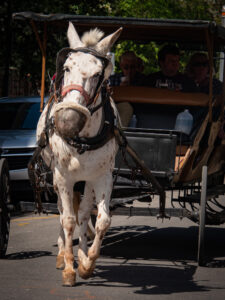 The horse-drawn wagons were up and running again as well.
The horse-drawn wagons were up and running again as well.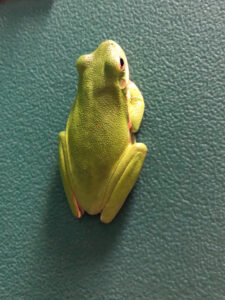 At our campground in Fountainbleau State Park, across from NOLA, on the causeway that spans Lake Ponchatrain, in the bathroom stall, I found this little fella. You just don’t see that in Arizona.
At our campground in Fountainbleau State Park, across from NOLA, on the causeway that spans Lake Ponchatrain, in the bathroom stall, I found this little fella. You just don’t see that in Arizona.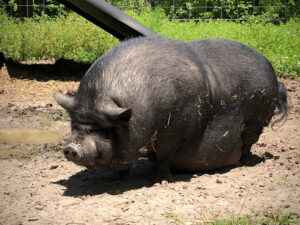 In Mississippi, we visited Ellen’s sister who was staying at a home that had this guy out in the yard.
In Mississippi, we visited Ellen’s sister who was staying at a home that had this guy out in the yard.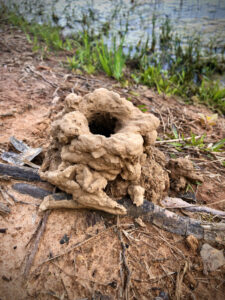 I had to Google what this was. A crawdad home.
I had to Google what this was. A crawdad home.
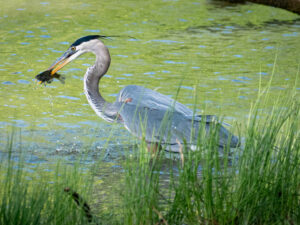
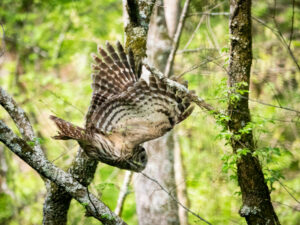
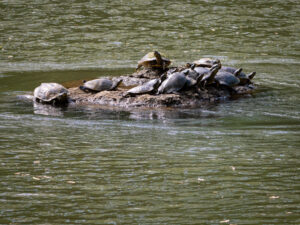
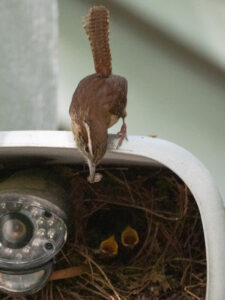
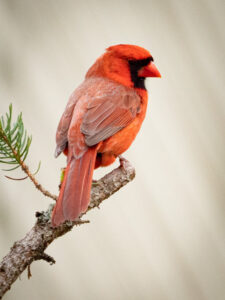
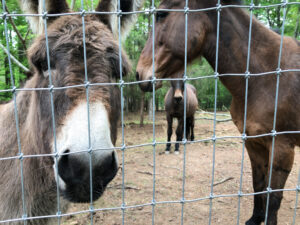
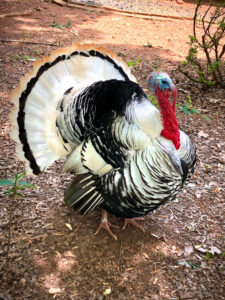
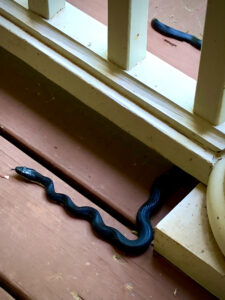 It also had a snake keeping an eye on the local rodent population.
It also had a snake keeping an eye on the local rodent population. We donned bees suits, pulled the honey frames, and spun them to extract the pure, golden, delicious honey,
We donned bees suits, pulled the honey frames, and spun them to extract the pure, golden, delicious honey,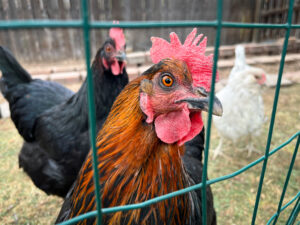 Last stomp, my brother’s home in Denver where he has created a bomb-proof pen to protect these birds.
Last stomp, my brother’s home in Denver where he has created a bomb-proof pen to protect these birds.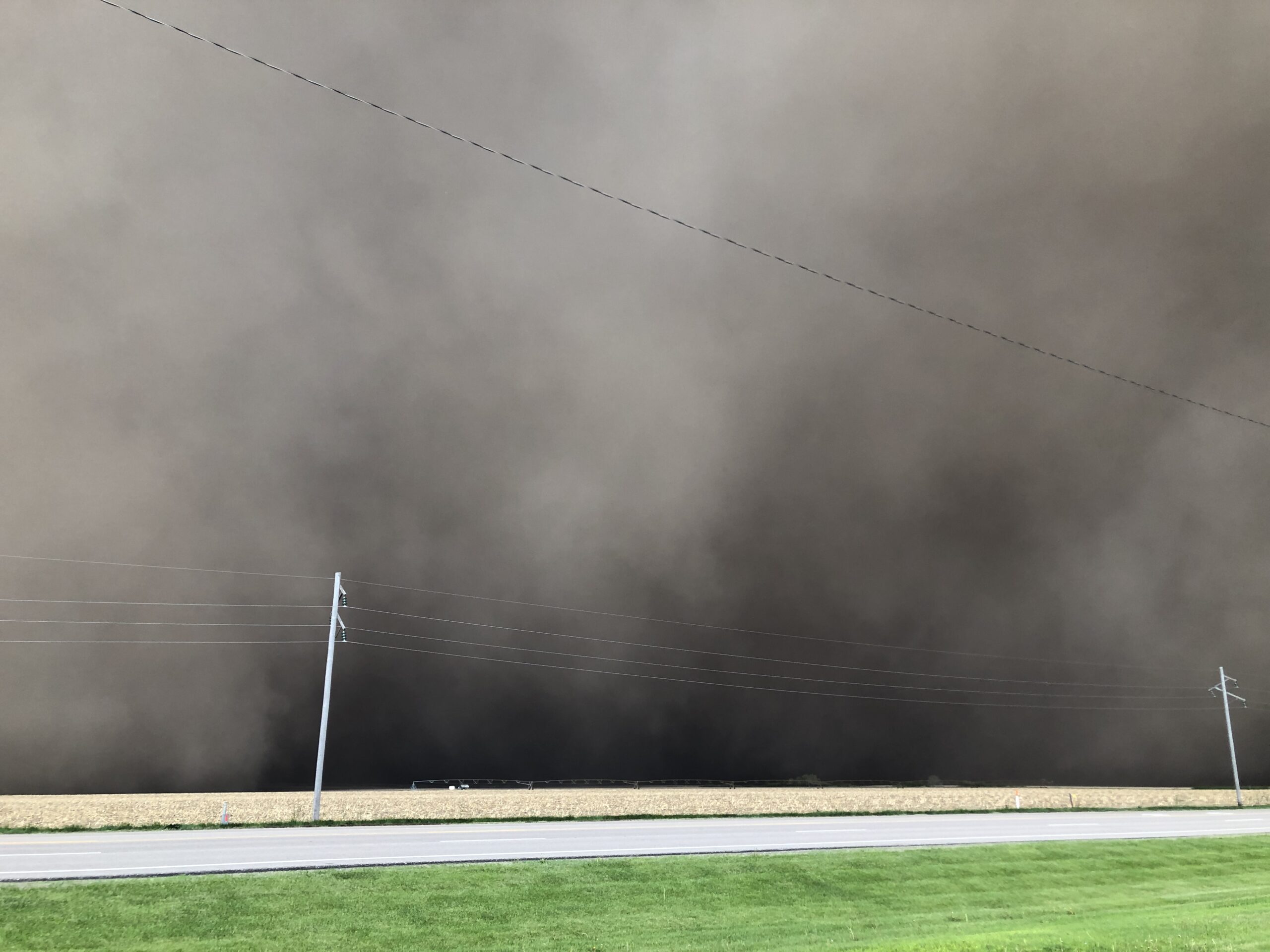
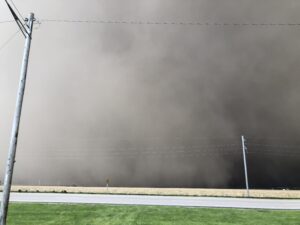
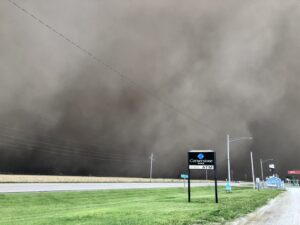

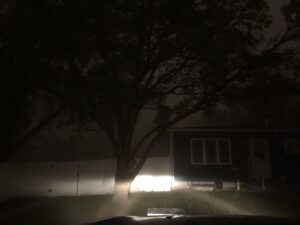

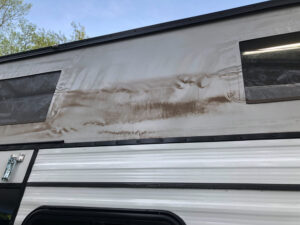 Once we got to our destination and popped the camper up we found dirt for days! We found dirt in places we didn’t know existed…?
Once we got to our destination and popped the camper up we found dirt for days! We found dirt in places we didn’t know existed…?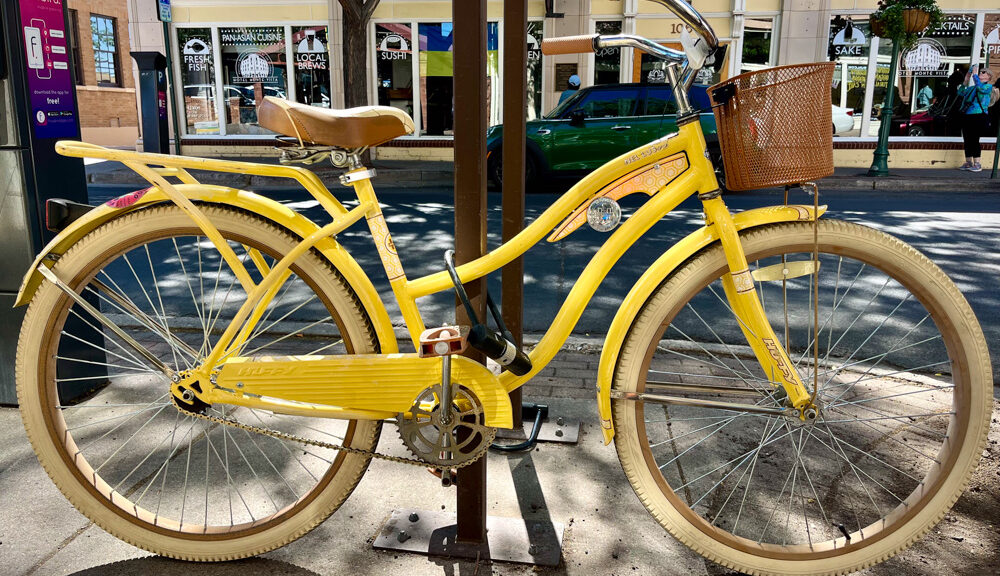
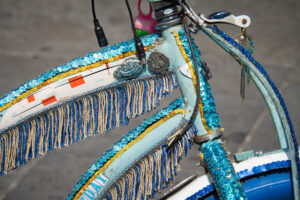
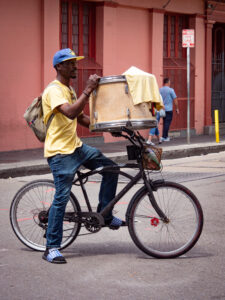
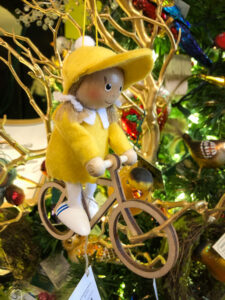 Our Christmas tree decorations include several bicycles. We found this one in the Amana Colonies outside of Iowa City on our epic road trip last year. We left it there.
Our Christmas tree decorations include several bicycles. We found this one in the Amana Colonies outside of Iowa City on our epic road trip last year. We left it there.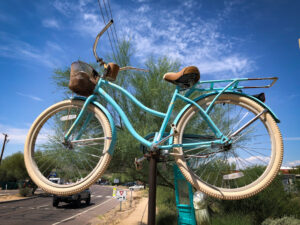 While walking the artisan district of Cave Creek, AZ I spotted this beach cruiser acting as a sign for a local gallery.
While walking the artisan district of Cave Creek, AZ I spotted this beach cruiser acting as a sign for a local gallery. While at the Phoenix Chinese Festival one spring I found this rig locked up. I’m assuming the owner is of the homeless population and has a nice way to get around.
While at the Phoenix Chinese Festival one spring I found this rig locked up. I’m assuming the owner is of the homeless population and has a nice way to get around.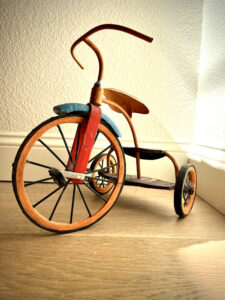 This little tricycle was in the corner of my cousin’s home in Novato. Because there is nothing in the image to show its size it could very well be a real bike for a real kid. But it isn’t. It’s only about 18 inches high and clearly a decoration.
This little tricycle was in the corner of my cousin’s home in Novato. Because there is nothing in the image to show its size it could very well be a real bike for a real kid. But it isn’t. It’s only about 18 inches high and clearly a decoration. Moving down the coast to the classic beach cruiser, found in the classic beach towns of Stinson Beach and Bolinas.
Moving down the coast to the classic beach cruiser, found in the classic beach towns of Stinson Beach and Bolinas.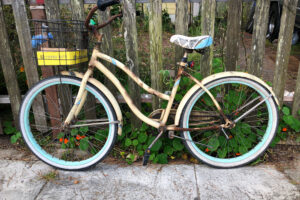
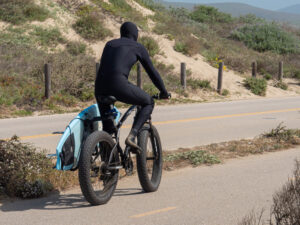 This surfer was heading to the breaks in Morro Bay.
This surfer was heading to the breaks in Morro Bay. And finally, in San Diego, this cruiser was locked to a post. Note the rusty chain.
And finally, in San Diego, this cruiser was locked to a post. Note the rusty chain.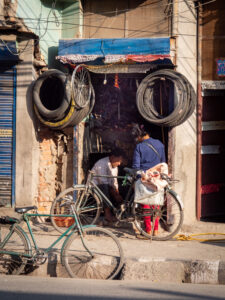 A local bike shop.
A local bike shop. Just…wow. The load, the traffic, the lack of space, yikes.
Just…wow. The load, the traffic, the lack of space, yikes.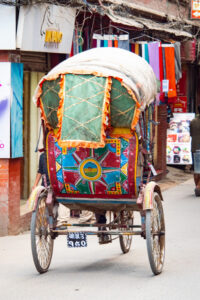
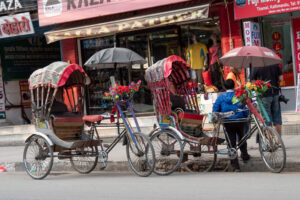


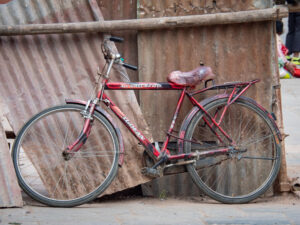 This bike was found in Dubar Square. Oh, the stories it could tell.
This bike was found in Dubar Square. Oh, the stories it could tell.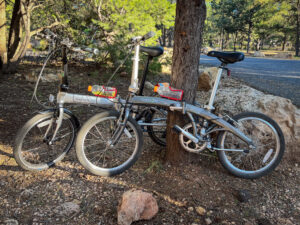 These are our folding travel bikes. They literally fold in half and fit behind the front seat of our truck and camper so as not to be easy prey for bike thieves on our adventures. We call them clown bikes because of the little 20-inch tires. In this picture, they are at Grand Canyon.
These are our folding travel bikes. They literally fold in half and fit behind the front seat of our truck and camper so as not to be easy prey for bike thieves on our adventures. We call them clown bikes because of the little 20-inch tires. In this picture, they are at Grand Canyon.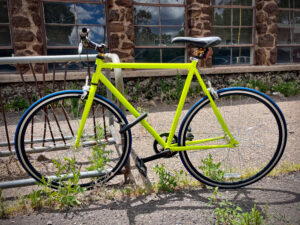 The simplicity of bicycles is one thing that draws me to them. This is a solid-colored single-speed parked at the University in Flagstaff.
The simplicity of bicycles is one thing that draws me to them. This is a solid-colored single-speed parked at the University in Flagstaff. While on a photo workshop recently, we went to a local nursery to photograph flowers. Viola’s is a local favorite because it focuses on flowers that can survive in Flagstaff. I love it because they use bicycles as decoration throughout the property.
While on a photo workshop recently, we went to a local nursery to photograph flowers. Viola’s is a local favorite because it focuses on flowers that can survive in Flagstaff. I love it because they use bicycles as decoration throughout the property.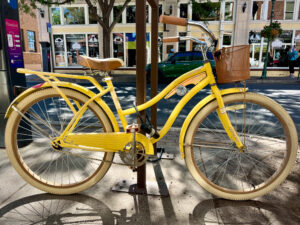 Another beautiful cruiser locked up in downtown Flagstaff with its leather seat and grips.
Another beautiful cruiser locked up in downtown Flagstaff with its leather seat and grips. And last but not least, a cruiser bike casting a shadow at a street fair in Cottonwood.
And last but not least, a cruiser bike casting a shadow at a street fair in Cottonwood.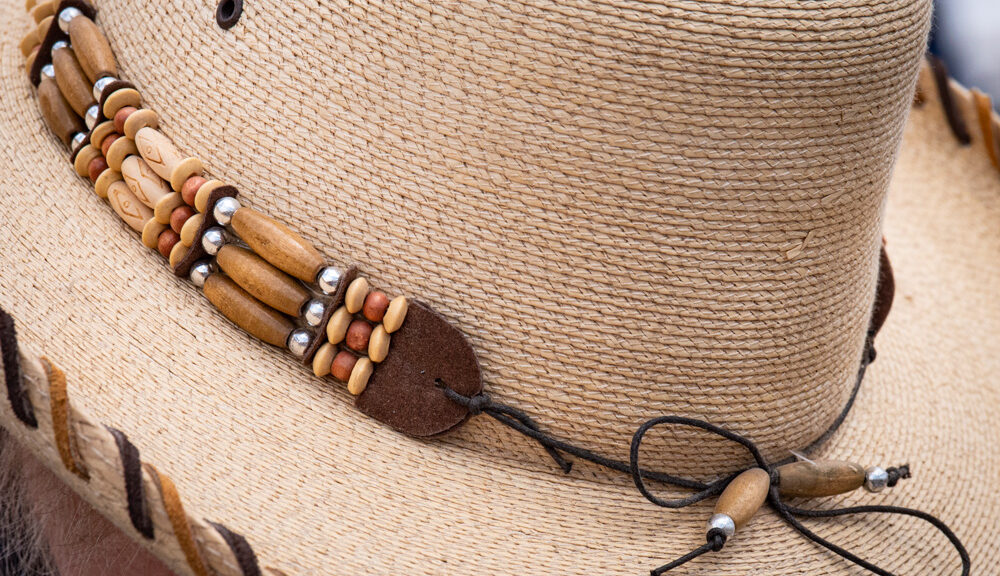
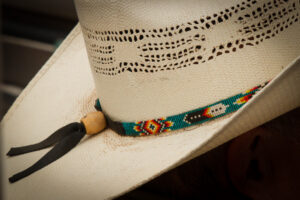 This image was taken near Canyon de Chelly and the beautifully beaded hatband caught my eye more than the hat itself. I was there on an Arizona Highways Photo Workshop and this hat belonged to our guide.
This image was taken near Canyon de Chelly and the beautifully beaded hatband caught my eye more than the hat itself. I was there on an Arizona Highways Photo Workshop and this hat belonged to our guide.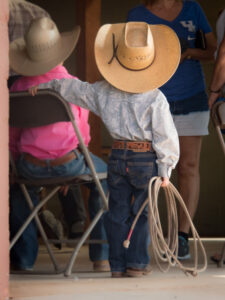 This little roper and his hat were taken at the annual Babbit Ranches Colt Sale held in July.
This little roper and his hat were taken at the annual Babbit Ranches Colt Sale held in July.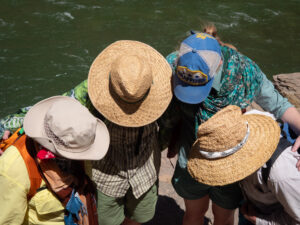 River trip hats are as unique as the individual and a lifesaving part of the needed gear, especially on summer trips through Grand Canyon.
River trip hats are as unique as the individual and a lifesaving part of the needed gear, especially on summer trips through Grand Canyon.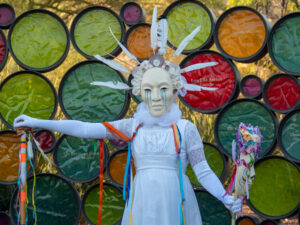 It may be that this “hat” image lies more in the headdress genre but either way, the outfit is magnificent. This image was taken at a Dia de los Muertos celebration at the Phoenix Desert Botanical Gardens in 2019.
It may be that this “hat” image lies more in the headdress genre but either way, the outfit is magnificent. This image was taken at a Dia de los Muertos celebration at the Phoenix Desert Botanical Gardens in 2019.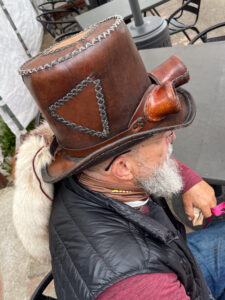 Following a morning at the Bolinas, CA tidepools I encountered this character in town at the local coffee shop. He said he got this leather tophat years ago at a Renaissance Fair. He added the fox tails off the back.
Following a morning at the Bolinas, CA tidepools I encountered this character in town at the local coffee shop. He said he got this leather tophat years ago at a Renaissance Fair. He added the fox tails off the back.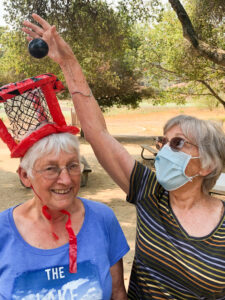 My mom with her basket hat at a family picnic a couple of years ago. Leave it to her sister to slam-dunk her head!
My mom with her basket hat at a family picnic a couple of years ago. Leave it to her sister to slam-dunk her head!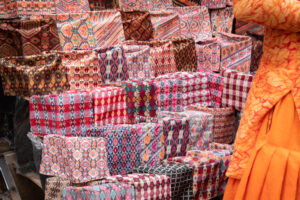

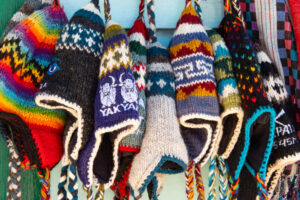 During our 2018 hike to Everest Base Camp, we came across many hats like the ones above for sale and on the heads of many locals as we rose in elevation and the temperatures cooled.
During our 2018 hike to Everest Base Camp, we came across many hats like the ones above for sale and on the heads of many locals as we rose in elevation and the temperatures cooled.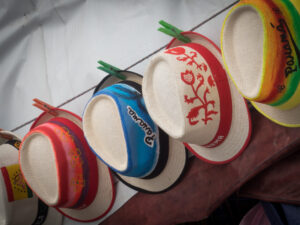 These hats were found in Panama City, Panama in 2017.
These hats were found in Panama City, Panama in 2017.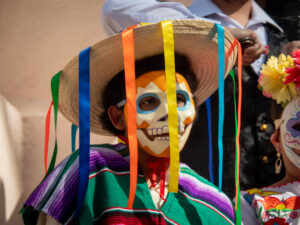
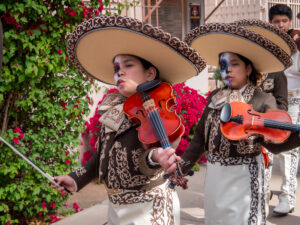
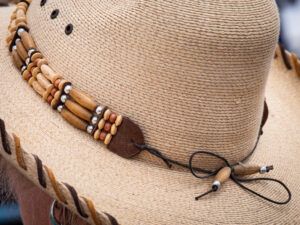 This was another cool hatband on a hat at the Colt Sale near Flagstaff.
This was another cool hatband on a hat at the Colt Sale near Flagstaff. On my one and only trip to Boston, I came across a vendor selling baseball caps. I was amazed at the variety of colors available!
On my one and only trip to Boston, I came across a vendor selling baseball caps. I was amazed at the variety of colors available!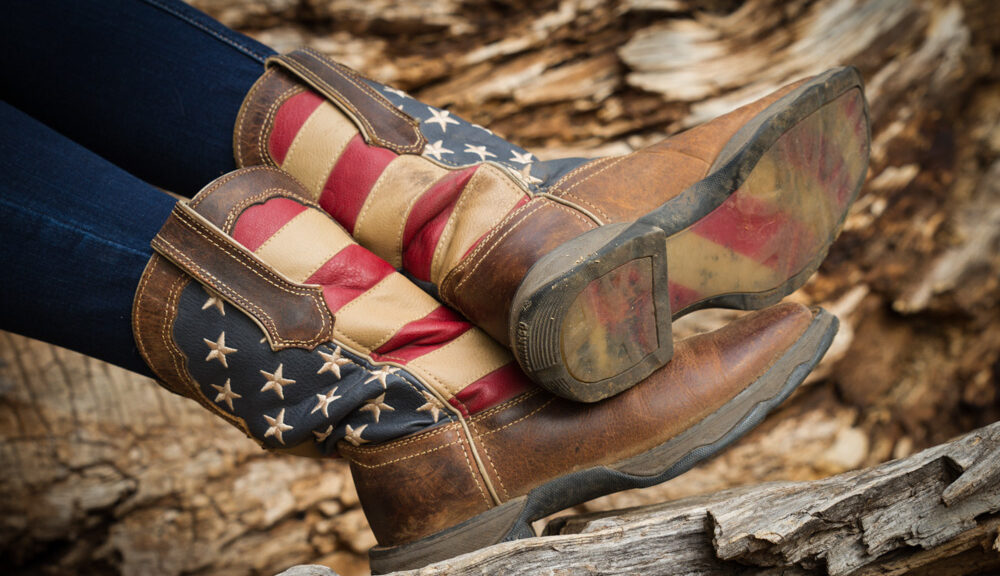
 Years ago, 2009 to be exact, I got wind of an English Riding event happening at the local county fairgrounds. As I live ten minutes away, I thought it would be a fun place to photograph something different. I love slipping into sub-cultures that are foreign to me. This was definitely one of those experiences. I’m SO not a horse person.
Years ago, 2009 to be exact, I got wind of an English Riding event happening at the local county fairgrounds. As I live ten minutes away, I thought it would be a fun place to photograph something different. I love slipping into sub-cultures that are foreign to me. This was definitely one of those experiences. I’m SO not a horse person.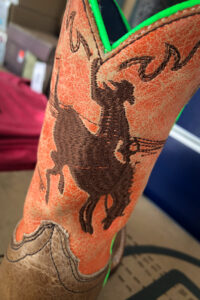 In 2020, my family traveled to Pinedale, WY to say goodbye to the father of my daughters who had passed away the previous November. Nothing could be more “Wyoming” than this pair of kids boots.
In 2020, my family traveled to Pinedale, WY to say goodbye to the father of my daughters who had passed away the previous November. Nothing could be more “Wyoming” than this pair of kids boots.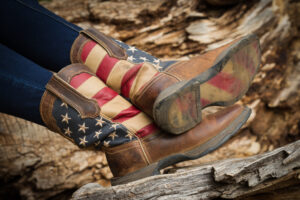 In 2015 I was in Sedona near Red Rock Crossing for a high school senior shoot. My subject had these boots on and as she was getting into position I fired off a shot. What great boots and clearly worn a LOT.
In 2015 I was in Sedona near Red Rock Crossing for a high school senior shoot. My subject had these boots on and as she was getting into position I fired off a shot. What great boots and clearly worn a LOT.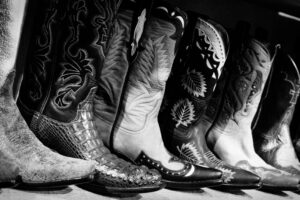
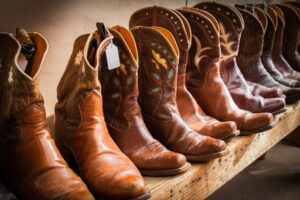
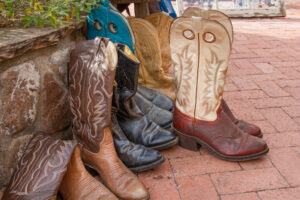
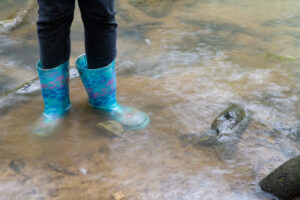 The feet of my niece are in these rain boots as we explore a creek near the family home in Marin County, northern California in 2016.
The feet of my niece are in these rain boots as we explore a creek near the family home in Marin County, northern California in 2016.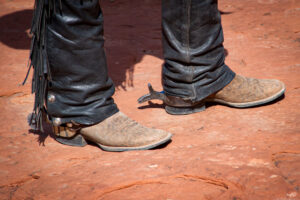 One of my first workshops with Arizona Highways Photo Workshops was in 2014 on a women’s retreat in Sedona. Yes, there were stunning vistas to photograph, but also these great boots of our Jeep Tour guide!
One of my first workshops with Arizona Highways Photo Workshops was in 2014 on a women’s retreat in Sedona. Yes, there were stunning vistas to photograph, but also these great boots of our Jeep Tour guide!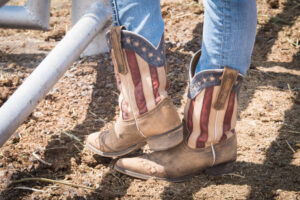
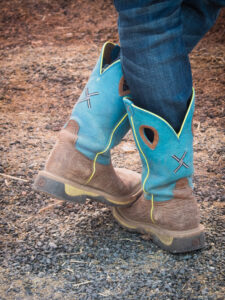

 I flew into El Paso, TX in 2017 for a photo workshop at White Sands, New Mexico. The other photoguide and I had a day in El Paso to wander around and take photos. these boots were being sold down near the border which quite honestly if I didn’t know I was in the United States, It would be easy to mistake my location for a street of shops just over the border.
I flew into El Paso, TX in 2017 for a photo workshop at White Sands, New Mexico. The other photoguide and I had a day in El Paso to wander around and take photos. these boots were being sold down near the border which quite honestly if I didn’t know I was in the United States, It would be easy to mistake my location for a street of shops just over the border.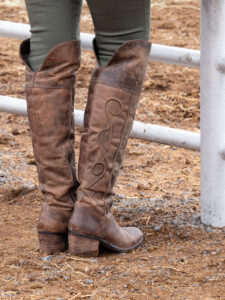 These beautiful boots were at the 2028 Colt Sale.
These beautiful boots were at the 2028 Colt Sale.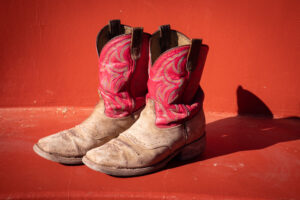 Last but not least, earlier this year I was at the Desert Botanical Gardens in Phoenix with a dear friend and her son doing his high school senior portraits. He had taken off these boots to switch into his dress clothes and set them on the bench. As he was changing under his graduation gown I spotted them in the light with the background and BAM! I have this image. Talk about well-loved boots.
Last but not least, earlier this year I was at the Desert Botanical Gardens in Phoenix with a dear friend and her son doing his high school senior portraits. He had taken off these boots to switch into his dress clothes and set them on the bench. As he was changing under his graduation gown I spotted them in the light with the background and BAM! I have this image. Talk about well-loved boots.